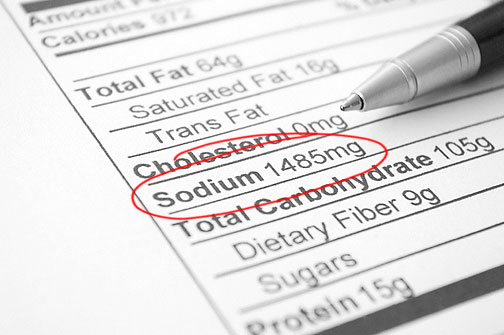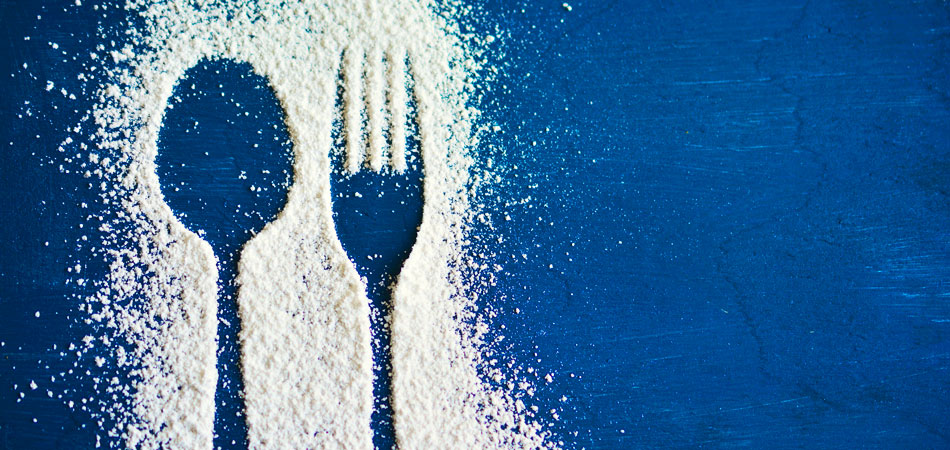As most people know these days, the latest advice from the World Health Organisation is to keep average free sugars consumption to less than 10% of energy (kilojoules or calories if you prefer) to help reduce the risk of developing tooth decay and to limit ‘empty calories’ which may contribute to unwanted weight gain.
Free sugars include all monosaccharides (e.g., galactose, glucose (dextrose), fructose) and disaccharides (e.g., lactose, maltose, sucrose (table sugar), etc…) added to foods by the manufacturer, cook or consumer, plus sugars naturally present in honey, syrups (e.g. rice) and fruit juices. Of course, the 10% of energy applies to all of the foods and drinks you consume over the course of a year or more, not to individual foods and drinks as such.
However, some people like to look at the amount of “Sugars” listed in packaged foods/drinks Nutrition Information / Facts panel to help them decide if they are going to consume them or not. It’s important to note that in most countries, only total “Sugars” are listed in packaged foods Nutrition Information / Facts panel. In this context, the term “Sugars” includes all sugars that occur naturally in foods and ingredients (e.g., fruits, vegetables, milk, etc…) as well as the free sugars as defined by the WHO. So, “Sugars” as found in the packaged foods Nutrition Information / Facts panel is not equivalent to all added sugars, free sugars or indeed sugar (i.e., high fructose corn syrups, sucrose or table sugar). So unfortunately, you are not able to simply pick up a packaged food to see how much (added/free) sugar it contains – you can only see how much total sugars.

Some people may think that in order to follow the WHO Sugars Guideline, you simply have to choose foods and drinks that contain less than 10 g of total sugars per 100 g of food. However, this is 10% by weight (or volume, depending on the product) which is not the same as 10% of energy.
Most recipe / cook books currently on the market that include a nutritional analysis, usually only list total carbohydrates (= total starches + total sugars), while some also include total sugars. At this point in time, no one is providing information about the added/free sugars content because it’s simply too difficult to estimate.
One of the main reasons for this is that there are currently no scientific laboratory tests that can distinguish between naturally occurring and added sugars in foods and drinks. However, new methods of estimating (calculating) the added sugars content of foods have recently been published and are being increasingly used to estimate population intakes.
The USA’s FDA recently mandated the inclusion of added sugars (calculated) in its Nutrition Facts panel (along with the percent Daily Value), but this is not quite the same as free sugars as defined by the WHO as it doesn’t include fruit or vegetable juice concentrated from 100 percent fruit juice. It is at least a step in the right direction, and as food regulatory agencies around the globe likely follow the USA’s precedent, perhaps they can tweak it to encompass the WHO’s definition of free sugars and associated guidelines.

